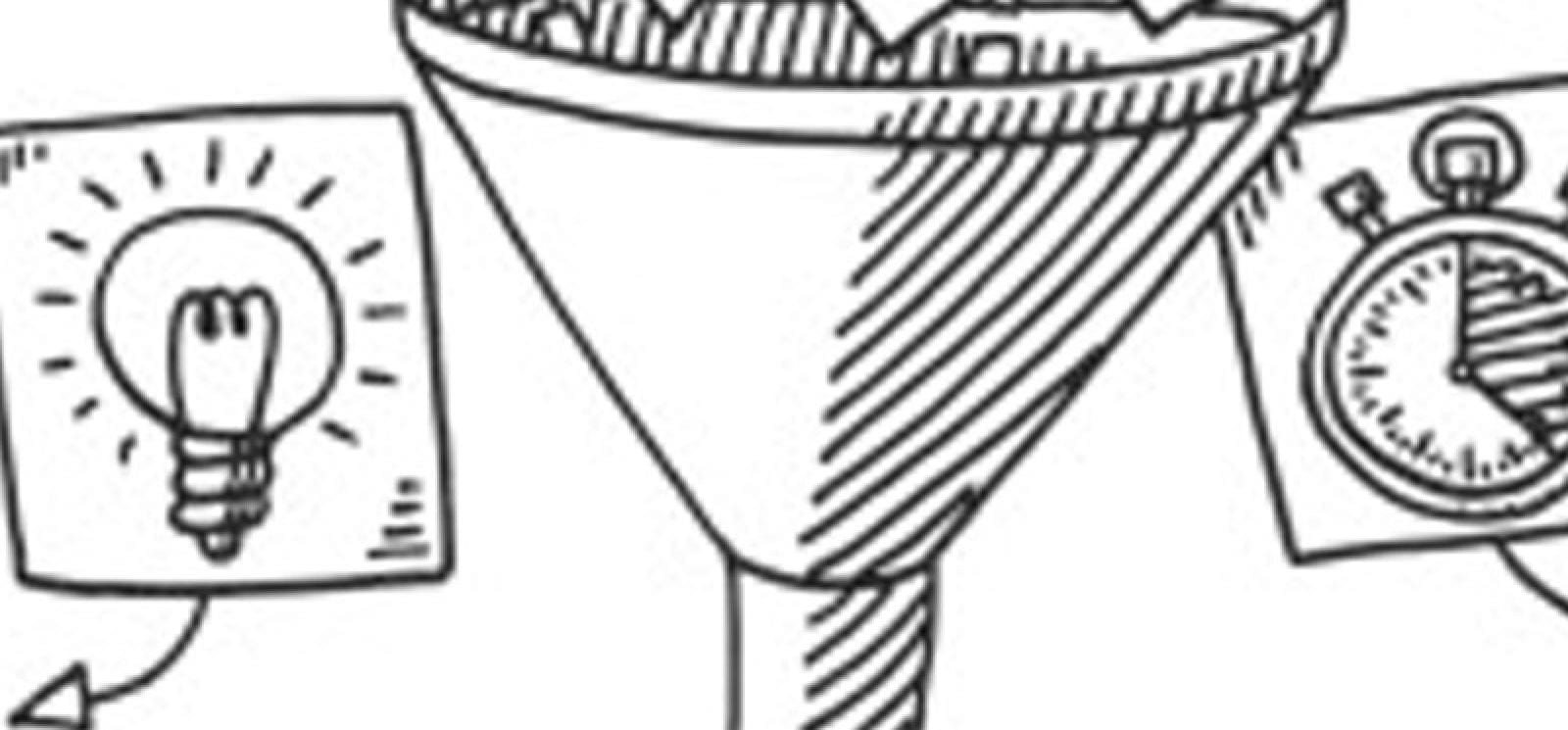A New Data Prescription: How Healthcare.gov Was Delivered

When HealthCare.gov was launched in 2013, it was one of the most ambitious data integration projects ever undertaken. As millions of Americans shopped for health insurance, they needed to check their eligibility against dozens of federal and commercial sources.
This all-important information was provided by various state and federal agencies, as well as private insurers, none of which used a standard format. The volume and variety involved made the information stubbornly resistant to being pulled into one cohesive picture that the Affordable Health Care Act required.

HealthCare.gov turned to NoSQL, which unlike a traditional relational database, uses a schema-agnostic data model that ingests data in whatever its current form.
Given these complex and daunting conditions, the officials behind HealthCare.gov realized they needed a new approach to handle vast amounts of different kinds of data. To tackle this challenge, HealthCare.gov turned to an Enterprise NoSQL database platform, which unlike a traditional relational database, uses a schema-agnostic data model to ingest data in whatever its current form. The approach also adapts to modifications as new data sources are included and policies and regulations change.
With the MarkLogic database, data can be indexed and searched in an adept fashion that eliminates many of the issues relational databases have stumbled over in the big data era. As a result, HealthCare.gov could use data from multiple states, government agencies, healthcare providers and personal information without the massive and time-consuming task of upfront data modeling.
Less than five months after its launch, HealthCare.gov supported 5,500 transactions per second, allowing more than 8 million people to sign up for health insurance. Some 160,000 users visited the site concurrently with 99.9 percent availability. At HealthCare.gov, Americans do not need to enter data they’ve already entered into other systems, and they don’t have to scurry about to find their IRS forms or Social Security verification. By the last enrollment period, 1.86 million people had used the system on a single day.
Powered by MarkLogic, HealthCare.gov ultimately worked so well that the government abandoned plans to buy $7.5 million in additional hardware and ran the system on virtualized services, network attached storage and similar infrastructure. This successful model is being used by a growing number of companies and government organizations looking to simplify their IT operations.

Michaline Todd
View all posts from Michaline Todd on the Progress blog. Connect with us about all things application development and deployment, data integration and digital business.
Comments
Topics
- Application Development
- Mobility
- Digital Experience
- Company and Community
- Data Platform
- Secure File Transfer
- Infrastructure Management
Sitefinity Training and Certification Now Available.
Let our experts teach you how to use Sitefinity's best-in-class features to deliver compelling digital experiences.
Learn MoreMore From Progress
Latest Stories
in Your Inbox
Subscribe to get all the news, info and tutorials you need to build better business apps and sites
Progress collects the Personal Information set out in our Privacy Policy and the Supplemental Privacy notice for residents of California and other US States and uses it for the purposes stated in that policy.
You can also ask us not to share your Personal Information to third parties here: Do Not Sell or Share My Info
We see that you have already chosen to receive marketing materials from us. If you wish to change this at any time you may do so by clicking here.
Thank you for your continued interest in Progress. Based on either your previous activity on our websites or our ongoing relationship, we will keep you updated on our products, solutions, services, company news and events. If you decide that you want to be removed from our mailing lists at any time, you can change your contact preferences by clicking here.


